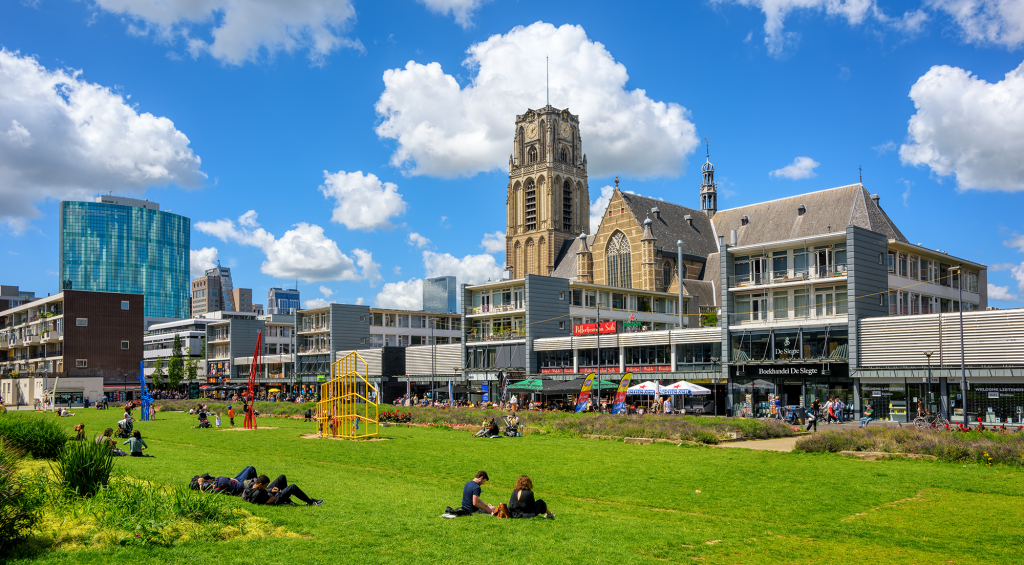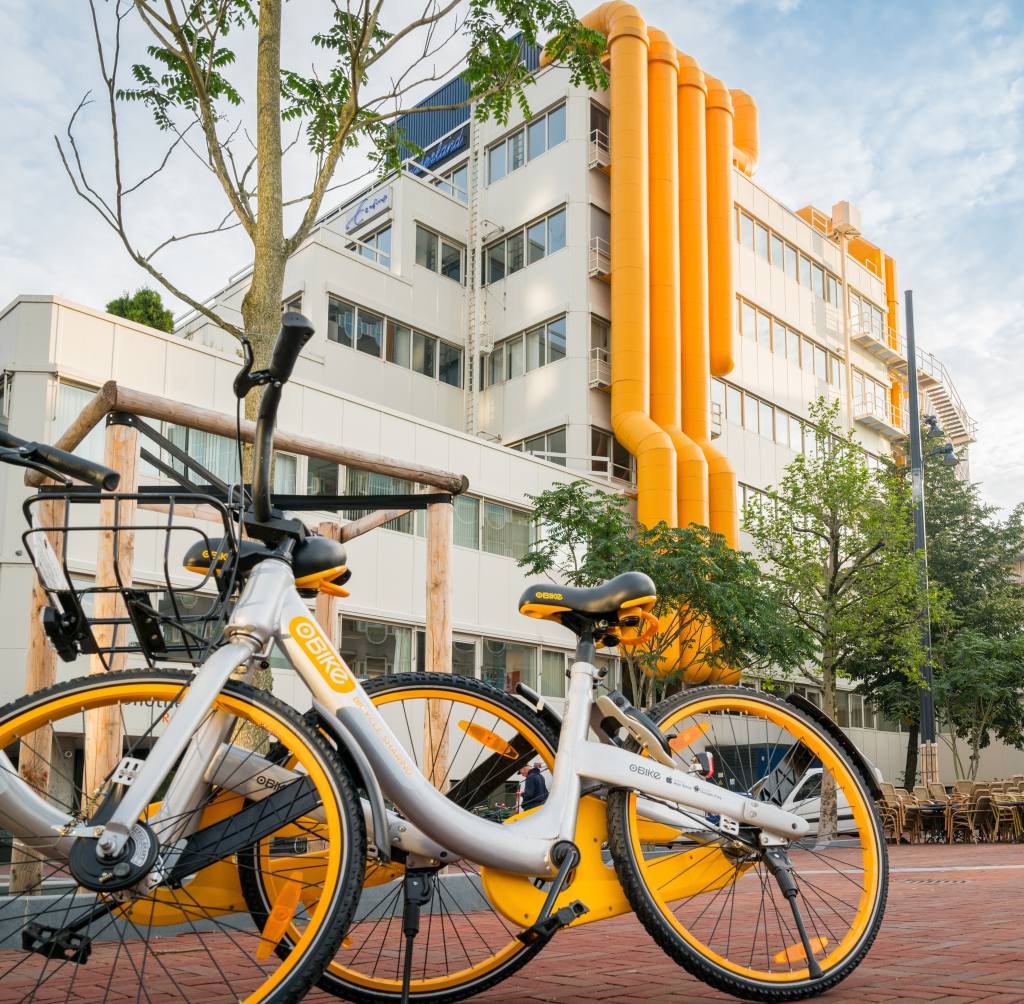XCARCITY is a five-year program conducted by a unique consortium led by TU Delft, TNO, Connekt and the Metropolitan Region Rotterdam The Hague, that covers the full chain of research and utilization of smart mobility.
XCARCITY will be executed as an integrated program built up from seven work packages (WP1-7). In-depth research is geared towards the main scientific challenges (WP1-5) as well as towards providing integrated solutions based on digital twins (WP6) and on pilots (WP 7). The work packages are summarized next.

1: Unravelling Flows
Considers novel sensor technology (including social data, chatbots, but also AR and VR), sensor network design for key smart mobility applications such as smart active modes, smart shared services, and multi-modal traffic management. It will address data enhancing services such as data cleaning methods, data fusion technology, prediction using Artificial Intelligence that enhance or contextualize the data. It is aimed at designing a cost-efficient sensor network, including 5G edge-technology that will be privacy and data secure. SP1 builds on work on observability and controllability, data utility and combined work on sensor network design and data enhancing services.
2: User Behaviour, Preferences & Acceptance
Will focus on adoption rate, mode choice and travel behaviour of citizens in the presence of (full fledge) Mobility as a Service (MaaS) which integrated crowd-sourced parcel delivery as part of the service. Within this context, special attention will be paid to (adoption and safety of) active modes due to the advantages of this particular way of travelling for health as well as vulnerability of cyclists and pedestrians. Behavioural data from real-world pilots, VR environments and focus groups will be used to estimate integrated discrete choice models and machine learning to unravel the heterogeneity among citizens in adjusting their behaviour. Interaction between pedestrians, cyclists and vehicles will be studied within VR environment as well as real world setting and analysed with respect to subjective safety, convenience and efficiency, as well as their objective safety by using surrogate measures of safety.
3: Integrated Smart Mobility Strategies
Develops smart mobility services that combine walking, cycling, shared vehicles and on-demand mobility solutions within car-low areas. The design layer addresses a network design problem given constraints associated with spatial planning, livability, accessibility and inclusiveness indices, and considering users’ preferences in an aggregated way by maximizing welfare. The service network design layer minimizes operational cost of a multimodal mobility system while considering disaggregated demand. It builds on earlier work and extend this to combined smart mobility services.
4: Integrated Transport Networks
Will integrate the smart mobility strategies that are being designed in WP3 in the overall mobility system by redesigning the road network, public transport system, walking and cycling infrastructure, hubs and shared spaces. It will develop a generic multimodal optimization method that can deal with both link and node-based network adjustment for mobility systems at the same time. Research will focus on methods to reduce the huge solution space resulting from this multi-modal optimization. GPU-based parallel computing will be used to develop and implement assessment models that contain a sufficient level of detail, yet can run in seconds to be used in an optimization framework.
5: Smart Infrastructure
Will study wireless networked intelligence to constantly feed a “real-time digital twin” with up-to-date information regarding for instance people, shared smart bicycles, and self-driving vehicles. It will study privacy-preserving distributed fusion of information obtained using wireless communications and various other detection systems. It will develop intelligent traffic management and control algorithms to provide safe, efficient, and sustainable mobility for pedestrians, cyclist and self-driving vehicles, using the obtained information. The idea of collecting mobility-related information in a digital twin was coined in, be it for different purposes.
6: Digital Twin
Will focus on the development of XCARCITY Digital Twins that replicate existing and future car-low areas, their users, smart mobility services and spatial configurations. The novel digital twin model system architecture will support the use of real-time data and XR/VR/AR simulation technologies and support real-time traffic management, smart mobility planning and urban planning. It will provide WP2-6 with a platform and digital twin for assessing how people perceive new mobility interventions and integrated solutions, whether and how they change their behaviour, and how they interact in a shared space. It will build on digital twins already operational in Delft (OMDt), Amsterdam (SIPCAT) and Rotterdam (Urban Strategy). In Amsterdam, TNO has built a digital twin using Urban Strategy. With the underlying technology Urban Strategy is capable of integrating the functionality of different Digital Twin functionalities.

7: Knowledge Utilisation
Will focus on knowledge utilisation. It aims to identify and categorise relevant smart mobility pilots and applications by project partners in selected cities abroad, including their expected impact on accessibility, safety and liveability. It will identify transitions paths, business models and urban designs and generate exemplary integrated use cases for the other sub projects. Finally, it uses a research by design approach (Hollestelle, 2018) to co-design future mobility systems.